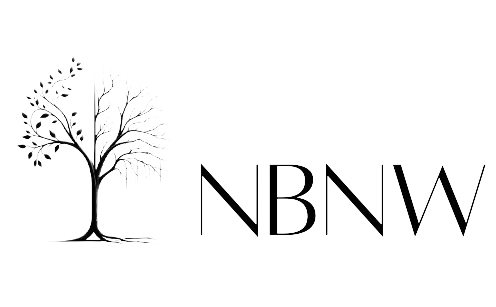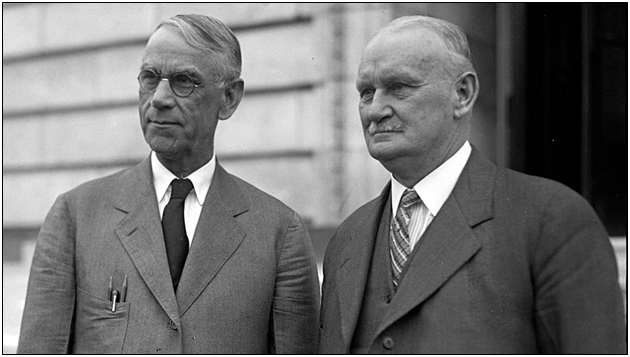

By Isha - Jun 12, 2025
The 2025 approach to tariffs in the United States contrasts with the 1930 Hawley-Smoot Tariff Act, focusing on strategic use for fair trade rather than blanket protectionism. Modern tariffs aim to protect industries, counter unfair practices, and ensure intellectual property rights, while avoiding the pitfalls of the 1930 Act which deepened the Great Depression. Economic stability, diplomatic engagements, and data-driven strategies characterize the current tariff approach, highlighting a shift towards global cooperation and avoiding historical economic missteps.

Smoot Hawley & Today's Alarmists via blogspot.com
LATEST
The United States' approach to tariffs in 2025 stands in stark contrast to the infamous 1930 Hawley-Smoot Tariff Act, a policy widely blamed for deepening the Great Depression. While both involve the use of tariffs, their contexts, objectives, and economic outcomes are markedly different. Understanding this contrast helps clarify why the 2025 tariff strategy is not a repeat of historical economic missteps.
The Hawley-Smoot Tariff Act, signed into law in 1930 under President Herbert Hoover, raised tariffs on over 20,000 imported goods. It was intended to protect American farmers and manufacturers during the economic downturn. However, the policy backfired dramatically. U.S. trade partners retaliated with their own tariffs, leading to a collapse in global trade. U.S. exports fell sharply, unemployment soared, and the policy worsened the already dire economic situation. This act was largely driven by political pressure rather than sound economic strategy, and its main architects, including Congressman Willis C. Hawley, lacked a nuanced understanding of global markets.
In contrast, the 2025 trade strategy under the U.S. Trade Representative's office—shaped by figures like Robert Lighthizer, who previously served under President Trump, and current leaders like Jamieson and Scott Bessent—is a targeted and strategic use of tariffs. Rather than blanket protectionism, today's tariffs are part of a broader negotiation framework aimed at fair trade practices, particularly with major economies like China. These measures are designed to protect critical industries, counter unfair subsidies, and ensure intellectual property rights without triggering full-scale trade wars.
Importantly, inflation in 2025 remains stable at 2.4%, debunking fears that tariffs would automatically lead to runaway prices. Unlike the 1930s, the global economy today is more interconnected and sophisticated, and modern U.S. policymakers have a deeper understanding of financial systems, trade flows, and macroeconomic impacts. Moreover, 2025’s tariff strategy includes diplomatic engagements, phased implementations, and reciprocal agreements to minimize disruption.
In conclusion, while tariffs are a common tool in both eras, the 2025 approach reflects a modern, data-driven strategy rooted in economic pragmatism and global cooperation. It avoids the isolationism and economic fallout that characterized the 1930 Hawley-Smoot Act. Understanding this difference is crucial to assessing the real impact of trade policy on today’s economy.